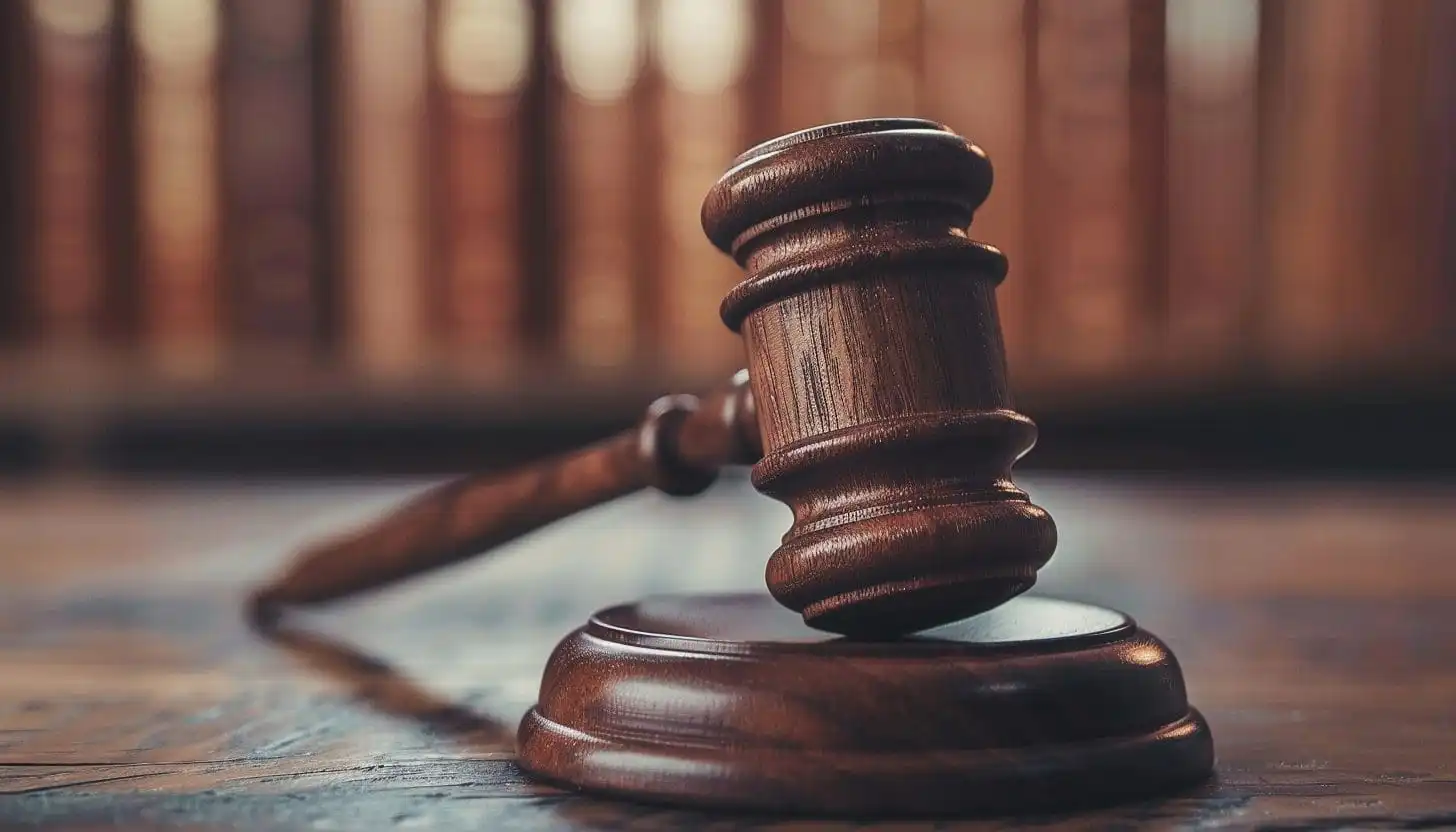In a potential turning point for the crypto industry, Ripple Labs and the U.S. Securities and Exchange Commission (SEC) have jointly requested that the Southern District of New York approve a resolution to their years-long legal dispute.
The joint motion, filed electronically and listed under Case 1:20-cv-10832-AT-SN, seeks the court’s dissolution of an injunction and release of $125 million in escrowed funds, signaling that the long-running standoff may finally be coming to a close.
The development was first reported by Fox Business journalist Eleanor Terrett, who has closely followed the high-profile case.
A Proposed Settlement That Could Reshape Crypto Regulation
According to the filing, the proposal involves Ripple paying $50 million to the SEC as part of a civil penalty, while the remaining $75 million would be returned to Ripple, marking a partial win for both parties.
This financial arrangement, pending approval by Judge Analisa Torres, could bring the high-stakes litigation to an end without the need for drawn-out appeals or further courtroom battles.
Also Read: Nasdaq Firm Bets $100M on XRP, Crypto Lawyer Reacts With One-Word Bombshell
The motion, if granted, would serve not just as a legal closure but also as a potential regulatory milestone. Ripple’s native token XRP, which has historically been affected by news surrounding the lawsuit, saw a temporary price dip in the lead-up to the settlement talks.
However, if the resolution is confirmed, market sentiment could shift dramatically, possibly triggering a new wave of investor interest. According to on-chain data, XRP declined by 5.05% to trade at $2.12, positioning as one of the top losers among the top cryptocurrencies.
Analysts at 36crypto.com note that a formal closure to the SEC lawsuit could provide the regulatory clarity many institutional and retail investors have been waiting for.
Moreover, returning $75 million to Ripple’s war chest may enable the company to ramp up development efforts, including the expansion of its cross-border payment systems, partnerships, and tokenized finance initiatives.
Legal Context: From Conflict to Cooperation
This joint filing is particularly significant because it marks a rare moment of alignment between a crypto firm and the SEC, two entities that have clashed repeatedly since the case began in December 2020.
While the SEC had initially alleged that Ripple conducted an unregistered securities offering through its sales of XRP, Ripple has consistently argued that XRP is a digital asset with utility, not a security.
Judge Torres made headlines last year when she partially sided with Ripple, ruling that XRP sales on public exchanges did not constitute securities offerings, though institutional sales did. This nuanced ruling has since become one of the most frequently cited decisions in the broader debate over how cryptocurrencies should be regulated.
In an update on X, Eleanor Terrett noted that this new motion could be influenced by “exceptional circumstances,” including Ripple’s recent willingness to settle, shifting SEC policies on crypto enforcement, and a broader effort to avoid further legal escalations that could drag on for years.
Ripple’s Strategic Position Strengthens
The return of $75 million could be more than symbolic. It gives Ripple renewed financial agility at a time when blockchain-based payment systems are gaining global traction.
The company has already been involved in initiatives like real estate tokenization in the Middle East, Central Bank Digital Currency (CBDC) pilot in Asia, and Cross-border treasury management for multinational corporations, among others.
With fresh capital and a lighter regulatory burden, Ripple may accelerate these programs, pushing XRP’s practical use even further into the mainstream. This positions the company not just as a litigation survivor, but as a likely strategic frontrunner in the next phase of digital finance.
A Precedent in the Making?
Unlike previous cases where the SEC demanded sweeping penalties or shut down operations altogether, this approach reflects a more nuanced, negotiated regulatory posture.
In a space often marred by adversarial lawsuits, cooperative dispute resolution could represent a pivotal shift, especially as global regulators race to define clear frameworks for digital asset classification and compliance.
Final Thoughts
While the court has yet to officially approve the motion, the collaborative nature of the filing sends a clear signal: Ripple and the SEC may be ready to move on. For investors, developers, and regulators alike, this could mark a new chapter in how the crypto industry interacts with U.S. law.
Ripple’s legal saga has long stood as a symbol of the regulatory uncertainty plaguing the digital asset ecosystem. Now, with a possible conclusion on the horizon, the road ahead may finally begin to clear, not just for Ripple but for an entire industry watching from the sidelines.
Disclaimer: This development is still unfolding, and no final judgment has been issued by the court. Investors are advised to follow official court documents and regulatory disclosures for verified updates.
Also Read: XRP on the Brink? Chart Patterns Hint at Explosive Double-Digit Rally

